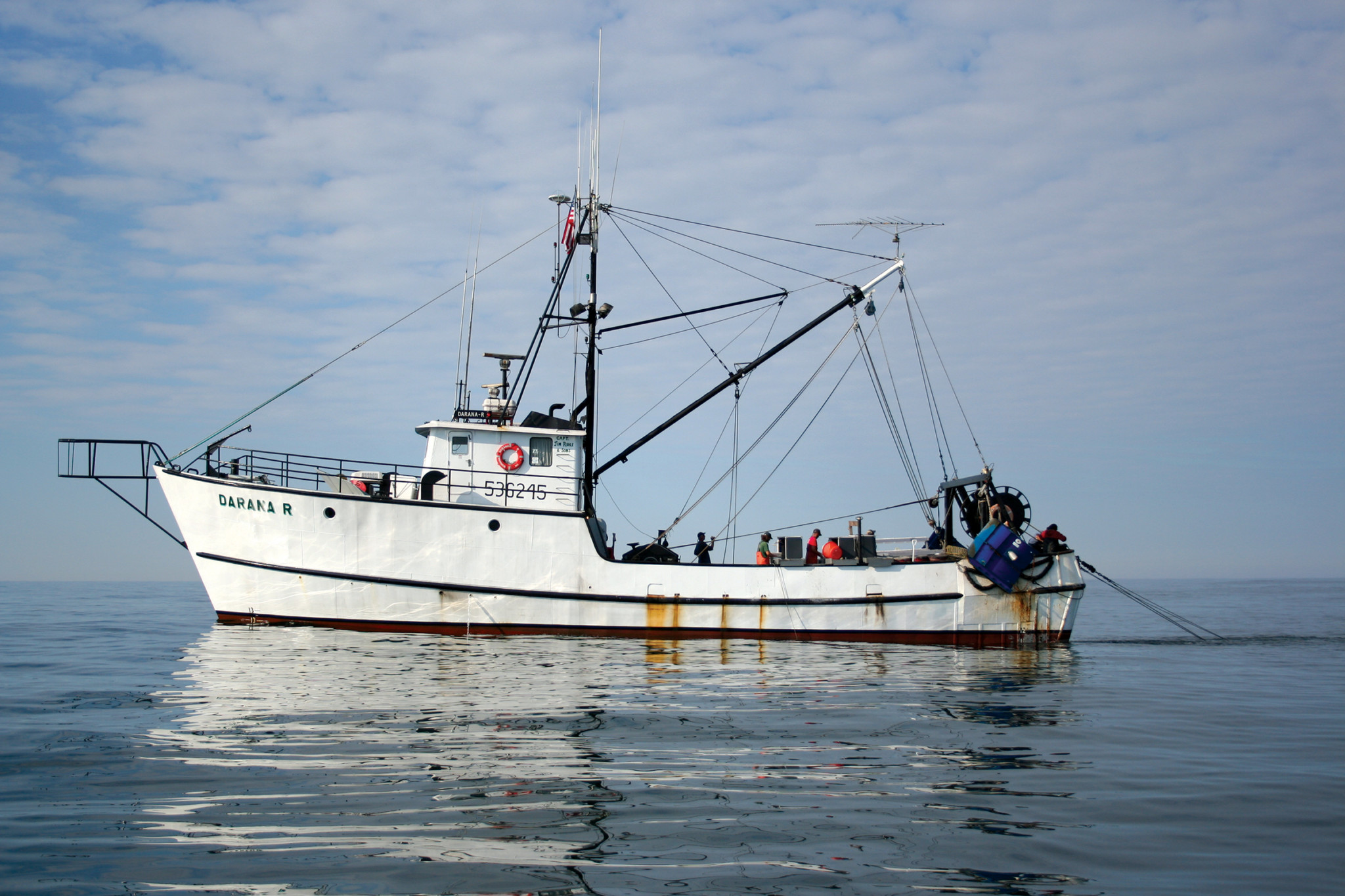If you’ve ever met Jimmy Ruhle, or indeed any member of the Ruhle family, then you know you’ve been graced by the salt of the earth — or the sea, as the case may be for this fishing family that is now raising its fifth generation to ply the waters.

This story was first published in the April issue of National Fisherman. Subscribe today for digital and print access.
About a year ago, I ran into Steve Ruhle, one of Jimmy’s sons, at the Maine Fishermen’s Forum in Rockport. He gave me an update on his dad’s dragger, the 80-foot Darana R, which had been caught up and nearly destroyed in a dockside fire. It was a no-brainer to me that we would feature this story of both an iconic vessel and the influential patriarch of a fishing family.
Jimmy Ruhle was named an NF Highliner in 2004, in part because of his dogged determination to work with regulators and educate everyone he meets about the industry. And Jimmy meets a lot of people.
In 2006, Ruhle began lending and working the Darana R for a cooperative research program called NEAMAP, the Northeast Area Monitoring and Assessment Program. It was this program and the Ruhle family history that pushed the entire clan to rebuild the Darana R’s burned-out tophouse and replace the parts of the deck that were ripped apart in fighting the fire. They didn’t just need the boat to get back to fishing, they needed it ready in time to get the gear — and the captain — back on the water to complete the next round of the program’s surveys.
Read freelance writer Melissa Wood’s story on the resurgence of the Darana R and the Ruhle family’s perseverance on page 20 of our April issue.
By the time this issue hits mailboxes, it’s likely that the Maine Department of Marine Resources will have released its numbers for the 2018 lobster season. It was not a great year for a lot of lobstermen. However, as Boats & Gear Editor Paul Molyneaux explains in his feature on small-boat sonars, at least part of the fleet is improving catch with bottom-mapping technology. Sounders are not new technology, but the affordability and accessibility of increasingly capable sonars is bringing the devices and their data to fleets of smaller boats. Northeast lobstermen are discovering that it helps them find the edges to put every pot in prime grounds. Read the story on page 38.
Last but most certainly not least, is our look back at the biggest stories of 2018 — from America’s Finest and retaliatory tariffs to hurricanes and the onslaught of wind power installations. While these top stories are regional, this is the first year in my tenure here that we have featured four local stories that are also truly national in nature. All of our coastal communities are affected by the tariffs, severe weather, wind power and the constraints of the Jones Act.
It’s a reminder that our local problems are not confined. How we respond to them sets the stage for other regions, and ideally the stakeholders in those regions should be invested in how all of our working waterfronts and coastal communities are responding to crises and opportunities.
I invite you to read and reflect on the full contents of our annual Yearbook section, which starts on page 28. In the meantime, I hope to see you in the halls at the Maine Fishermen’s Forum at the Samoset, the Seafood Expo North America in Boston and wherever else our paths might cross.







